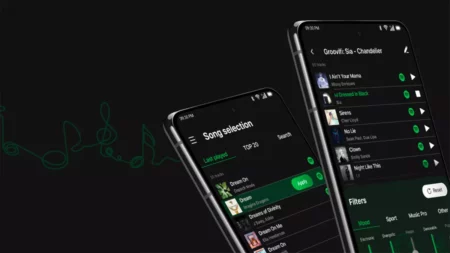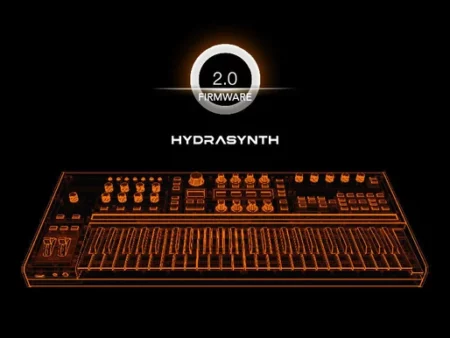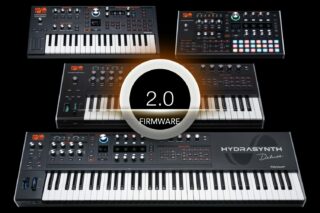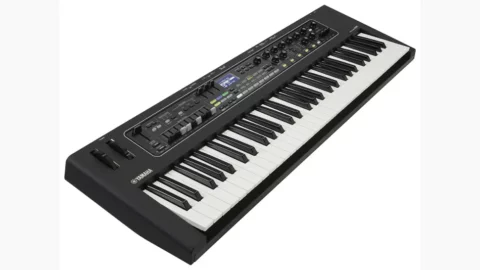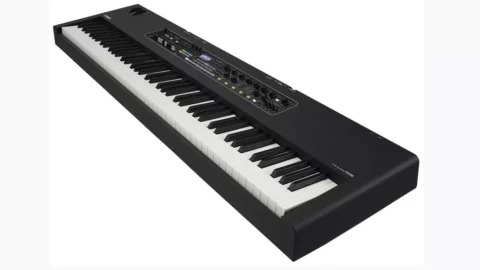Free Groovifi App promises a better way to create Spotify playlists.
Groovifi is a free app that promises a better way to create Spotify playlists by letting you decide the mood, BPM, key, rhythm and genre of your songs.
Spotify is known for its ability to generate personalised playlists based on what its algorithms perceive to be your musical taste.
If the algorithm isn’t cutting it – what if it doesn’t know you as well as it thinks it does? If your ‘made for you’ playlists sound like they’ve been ‘made for someone else’, maybe it’s time for you to take control. The makers of Groovifi think they have the answer.
This free app is designed to give you more control over playlist generation. First up, choose a song on Spotify that you like. Next, use any combination of Groovifi’s filters to fine-tune the playlist to your taste.
The parameters are divided into four categories: Mood, Sport, Music Pro and Other. The Mood section includes five sliders that you can move up or down (Acoustic, Mellow, Sad, Chill and Obscure) while the Sport section enables you to select a BPM range.
You can dive even deeper in the Music Pro category, filtering songs by key, mode and rhythm. You could choose to only find songs in 4/4 and D minor, for example.
Lastly, over in the Other section you can select your favourite genre and select how likely it is that you will be fed vocal/instrumental and live/studio recordings. It’s also possible to exclude explicit tracks.
The playlist you’re creating will refresh every time you make an adjustment to one of the filters, so you can just keep tweaking until you’re happy with the results. Playlists you want to keep can be saved and then shared with friends.
Groovifi can be downloaded for free on Android and iOS, with a $5 in-app purchase unlocking full functionality. Find out more on the Groovifi website.
